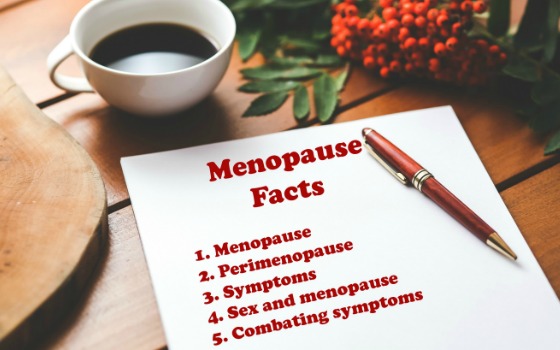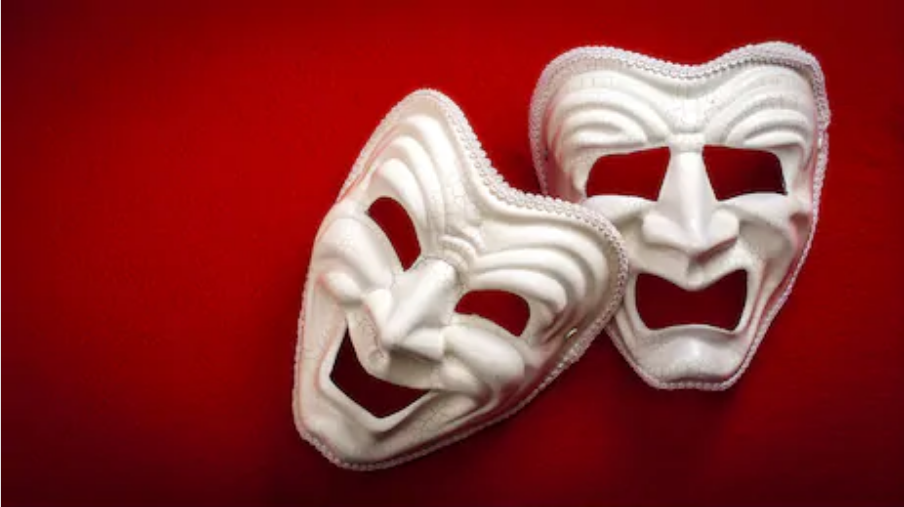When I was a little girl, I used to fall all the time. I was tall, thin and a bit of a klutz. Skinned knees and bruised heels of my hands were a mainstay in the Streeter household. Like most parents, mine chalked it up to the clumsiness of a child growing into her body. Soon, I would outgrow it.
Over the years, falling down became an anomaly – something that rarely touched my life. I was an adult, standing straight and tall, and the clumsiness of youth was long gone, replaced instead with the confident strides that took me from point A to point B.
 Now, I worry about falling. I worry that the war raging within my body will be a tumultuous one. I worry that one day, falling down won’t be an option anymore – I’ll be left with only a wheelchair to roll me along. Maybe . . . but not today.
Now, I worry about falling. I worry that the war raging within my body will be a tumultuous one. I worry that one day, falling down won’t be an option anymore – I’ll be left with only a wheelchair to roll me along. Maybe . . . but not today.
I have multiple sclerosis. My diagnosis came after months of severe nausea, crippling fatigue, and a feeling of drunkenness. I’m no goody two-shoes; I’ve been drunk a time or two in my life. But to endure that feeling every day, coupled with the other symptoms, for months on end is excruciating. I didn’t just have a one-two punch but a one-two-three roundhouse kick.
What is Multiple Sclerosis?
MS is an autoimmune disease of the brain, spinal cord, and optic nerves. It can cause problems with muscle control, vision, balance and more. It’s considered an autoimmune disease for which there is no cure. In MS patients, the body’s immune system is the wily culprit that launches an attack on myelin – the protective layer around nerve fibers. When an attack occurs, it causes scar tissue, inflammation, or lesions.
In July 2020 I had my first brain MRI and a carotid artery ultrasound. While the results of the ultrasound were negative, the MRI showed several lesions on my brain, the most prominent of which was on my corpus callosum – the tract that connects the left and right hemispheres of the brain. I was told I could potentially have MS. At the age of 57. It was a defining moment for me.
This shook my world, and it will continue to reverberate for the rest of my life.
Three months later, I had a lumbar puncture, and it confirmed my worst fears. I had seven oligoclonal bands in my cerebral spinal fluid, the clear fluid that flows in the space around the brain and spinal cord. It is these bands that cause inflammation of the central nervous system.
MS is a horrible disease. It’s a painful disease. It robs people of their independence. But there is hope. If ever there was a time for me to be diagnosed with MS, I’m glad it is now, when the advancements in science are far more promising than the treatments of decades ago.
When my neurologist finally diagnosed my condition – after insisting for months that I was suffering from vestibular migraines – he told me I had secondary progressive multiple sclerosis (SPMS). It’s a bleak prognosis, one which typically develops after relapsing remitting multiple sclerosis (RRMS). RRMS is marked by relapses that last at least 24 hours and can continue for days, weeks or months. During the relapse, the symptoms tend to get worse. The relapse is followed by remission – a time of recovery in which no symptoms are present.
In patients with SPMS, there’s a gradual worsening of the disease. This begs the question:
“Why haven’t I been plagued with systems prior to June 2020, when my symptoms hit me full force?”
Good question…a question to which I don’t have an answer. However, there is a glimmer of hope. In December 2020, I started infusion therapy that’s designed to slow the progression of the disease. In January 2021, after suffering for 7 months, I began to feel some relief. I also recently began seeing an MS Specialist who, surprisingly, doesn’t believe I have SPMS but rather RRMS.
I’m coming up on my third brain MRI, more lab tests, and vestibular rehab to combat my balance and mobility issues.
While I don’t believe a cure for MS will occur in my lifetime, I’m encouraged by the research into the disease and the hunt for a cure. Today, medicine is ‘thismuchcloser’ to a cure than ever before.
If I can leave you with any message, it would be to listen to your what your body is telling you. You know when something doesn’t feel right. And above all, advocate for yourselves. I had to fight, argue and rattle a few cages to get my true diagnosis. If I hadn’t advocated for myself, I would likely still be receiving treatment for a disease that I didn’t have.
Some diseases come and go. MS stays with you forever. And for the rest of my life, I’ll be doing battling with it. No matter where this disease takes me, it can’t take the woman who I’ve become.
I’m Valerie, and I have MS . . . but MS doesn’t have me.




